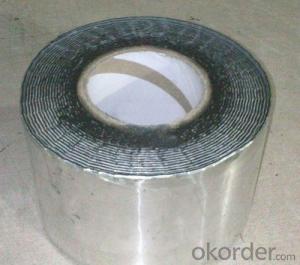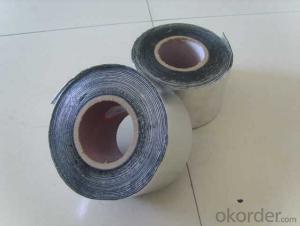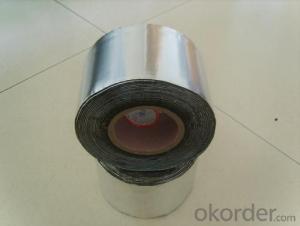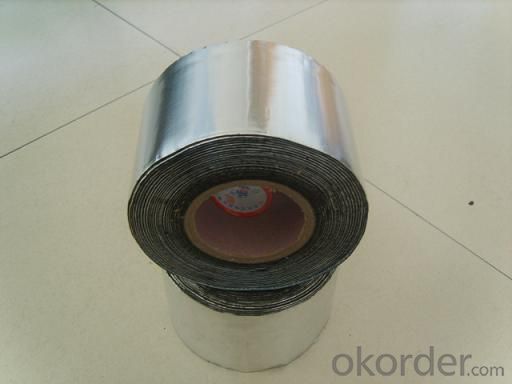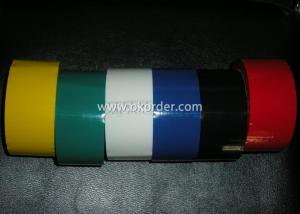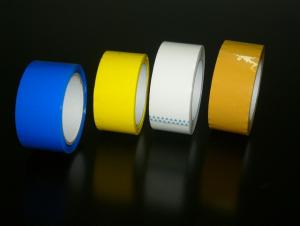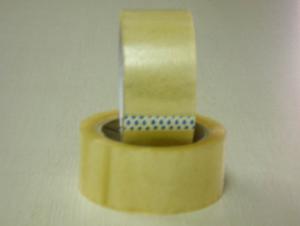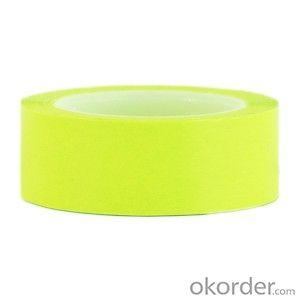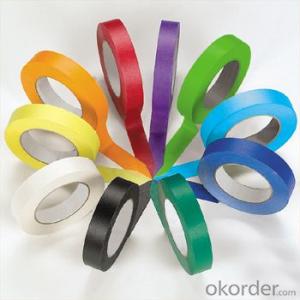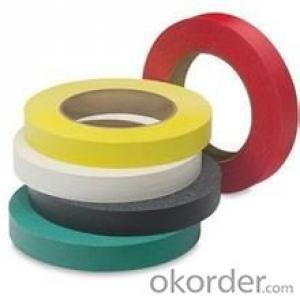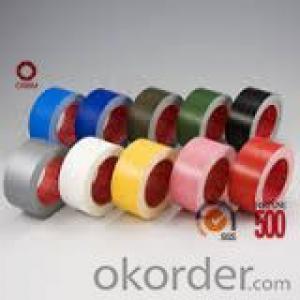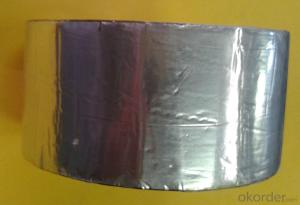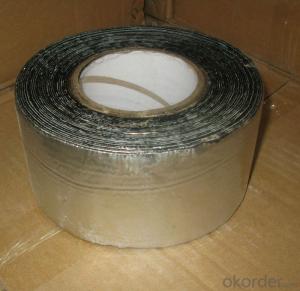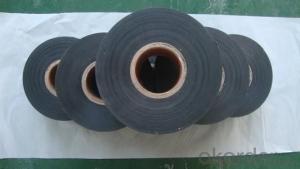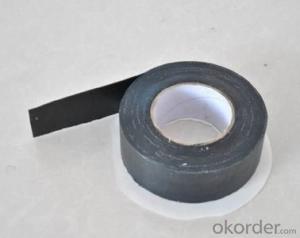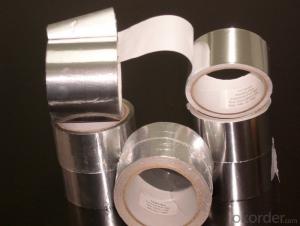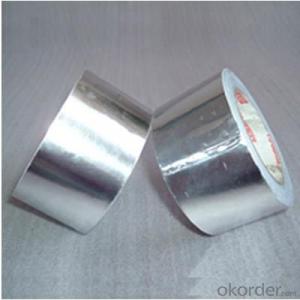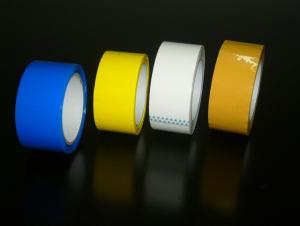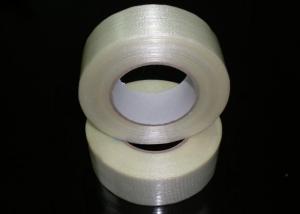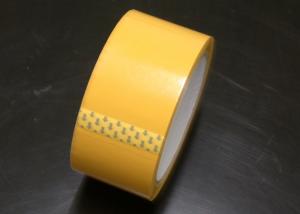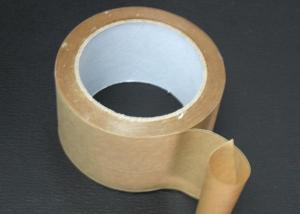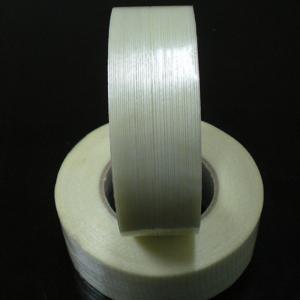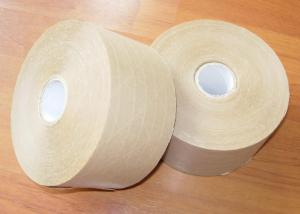3M 3850 Waterproof Aluminum Foil Anticorrosion Tape
- Loading Port:
- China Main Port
- Payment Terms:
- TT OR LC
- Min Order Qty:
- -
- Supply Capability:
- -
OKorder Service Pledge
OKorder Financial Service
You Might Also Like
Specifications
Thickness:1.0mm~4.00mm
Width: 5cm ~ 60cm
Length: 3m~20m
Material: butyl rubber
Application:
1,used for telecommunication cables and connector to supply the function of waterproof and
Moisture proof.
2,Used for communication cable waterproof & seal
3,Used for the insulation, waterproof and protection for electrical components
4,The insulation of the cable
5,Metal pipeline corrosion protection
6,Shipping industry sea water-proof protection
7,Waterproof for electric wire & cable
8,Be used between the color coated steel of instruction for waterproof and sealing, damping, noise reduction and adhesion.
It is suitable for sealing the hole to the installation of air-conditioning equipment and other equipments, also suitable for manufacturing industrial & mechanical industrial and instrumentation, as the sealer for instrument panel with waterproof, sealing and shock resistant properties.
Product Feature:
1. High Elasticity provides resistance to shock, movement, and weather force.
2. Flexible & Versatile for easy adjustment before, during and after application.
3. Excellent Adhesion provides airtight waterproof protection, yet easy to peal off leave surface a clean finish.
4. Low-Temperature Resistance prevents sealing tape from cracked or shrink.
5. Anti-Corrosion. Water resistant material prevents the surface to corrode from moisture and steam
6. Outstanding Durability. Last up to 20 years.
Technical Data:
1. Permanent Adhesion (min): 120min
2. Heat Resistance (160°C4h): No flowing, cracking or deformation
3. Low Temperature Flexibility(-40°C) :No crack
4. Peeling Strength (N/mm): ≥0.8
5. Elongation (%): ≥500
6. Density g/ cm3 ≥1.6
7.Penetration 1/10mm 35
- Q: What is the difference between acrylic and hot melt adhesive for packaging tape?
- Packaging tape commonly utilizes two types of adhesives: acrylic and hot melt. These adhesives possess distinct characteristics that set them apart. A significant disparity lies in their bonding strength. Hot melt adhesive boasts exceptional bonding strength, making it ideal for heavy-duty applications. It creates a robust and durable bond that can withstand rigorous handling and varying temperatures. Conversely, acrylic adhesive typically offers a lower level of bonding strength in comparison. While still suitable for most general packaging requirements, it may not be the best choice for heavy or bulky items. Another distinction can be found in the application process. Hot melt adhesive is applied in a molten state and solidifies once cooled. Typically, it is dispensed using a hot melt glue gun or applicator. The quick setting time of hot melt adhesive allows for swift packaging operations, making it popular in high-volume settings. On the other hand, acrylic adhesive is applied in a liquid form and requires some time to cure and establish a strong bond. It can be applied using a hand dispenser or tape gun, and optimal adhesion often necessitates some pressure. Moreover, hot melt adhesive demonstrates excellent adhesion to a wide array of surfaces, including cardboard, plastics, and metals. Its versatility allows for usage with various packaging materials. While acrylic adhesive also adheres well to different surfaces, it may not exhibit the same level of compatibility with certain low-energy surfaces, such as polyethylene or polypropylene. Furthermore, temperature resistance is an essential factor to consider. Hot melt adhesive performs admirably in both high and low temperatures, maintaining its bonding strength. It can endure freezing temperatures and heat without compromising its adhesive properties. Acrylic adhesive, while generally offering good temperature resistance, may not be as effective in extreme conditions, particularly at very high or low temperatures. In conclusion, the primary disparities between acrylic and hot melt adhesives for packaging tape lie in bonding strength, the application process, surface compatibility, and temperature resistance. While hot melt adhesive provides superior bonding strength, rapid setting time, and excellent temperature resistance, acrylic adhesive offers versatility, ease of application, and good adhesion to most surfaces. The choice between the two depends on specific packaging needs, materials used, and environmental conditions.
- Q: Can packaging tape be used for sealing glass bottles?
- Yes, packaging tape can be used for sealing glass bottles. However, it is important to note that packaging tape is not designed specifically for sealing glass bottles, so it may not provide the same level of durability and air-tightness as specialized bottle sealing methods. Additionally, the adhesive on packaging tape may not adhere well to glass surfaces, leading to potential leakage or breakage. It is recommended to use proper bottle sealing methods such as cork stoppers, screw caps, or specialized bottle sealing tapes for glass bottles to ensure the best results.
- Q: Is packaging tape transparent?
- Yes, packaging tape is usually transparent.
- Q: Can packaging tape be used for sealing plastic folders?
- Yes, packaging tape can be used for sealing plastic folders.
- Q: Can packaging tape be used for sealing plastic food containers?
- It is advised against using packaging tape to seal plastic food containers. Although it may create a temporary seal, it is not intended for direct contact with food and may be unsafe to consume. Moreover, packaging tape does not offer an airtight seal and may fail to maintain the freshness of the food or prevent leakage. To guarantee the safety and freshness of your food, it is recommended to utilize food-grade sealing alternatives like plastic wrap, aluminum foil, or food container lids that are specifically designed for this purpose.
- Q: Is packaging tape flammable?
- Packaging tape is generally not flammable. Most packaging tapes are made from materials like polypropylene or polyester which have high melting points and are resistant to flames. However, it is important to note that the adhesive used on the tape may vary depending on the brand and type of tape. Some adhesive formulations may contain flammable components, but these are typically present in very small amounts and are unlikely to cause a significant fire hazard. Nonetheless, it is always recommended to follow the manufacturer's instructions and keep packaging tapes away from open flames or potential sources of ignition to ensure safety.
- Q: Is packaging tape safe to use on ceramic tiles?
- Yes, packaging tape is safe to use on ceramic tiles. It adheres well to the smooth surface of the tiles and does not cause any damage or leave any residue when removed.
- Q: Is packaging tape resistant to extreme temperatures or weather conditions?
- Packaging tape is generally designed to be resistant to extreme temperatures and various weather conditions. However, the level of resistance may vary depending on the specific type and quality of the tape. Most packaging tapes are made from materials like polypropylene or PVC, which are known for their durability and ability to withstand different environmental factors. These tapes are often treated with special adhesives that can maintain their stickiness even in extreme temperatures or humid conditions. In terms of extreme temperatures, packaging tapes are typically designed to withstand a wide range of temperatures, including both low and high extremes. They can usually endure temperatures as low as -20 degrees Celsius or as high as 60 degrees Celsius without losing their adhesive properties or becoming brittle. Similarly, packaging tapes are engineered to be resistant to various weather conditions. They are designed to resist moisture, humidity, and UV radiation, which are common elements that can deteriorate the quality of the tape. This resistance ensures that the tape remains intact and effective, even when exposed to rain, snow, or direct sunlight. It is important to note that while packaging tape is generally resistant to extreme temperatures and weather conditions, prolonged exposure to such conditions can still impact its durability. Therefore, it is advisable to store and use packaging tape in a controlled environment whenever possible to ensure maximum effectiveness.
- Q: Can packaging tape be used for sealing wooden furniture?
- Indeed, wooden furniture can indeed be sealed with packaging tape. Although it may not be the most traditional or visually appealing choice, packaging tape can effectively close off any gaps or cracks in the furniture, thus preventing the infiltration of dust, moisture, or insects. It should be noted, however, that packaging tape is not a permanent solution, as it may not offer the same level of durability or stability as sealing methods explicitly crafted for wooden furniture, such as wood glue or epoxy. Consequently, it is advisable to employ packaging tape as a temporary remedy until a more suitable sealing technique can be implemented.
- Q: Can packaging tape be used for sealing packages with electronic components?
- Yes, packaging tape can be used for sealing packages with electronic components. Packaging tape is designed to provide a secure and durable seal for packages, protecting the contents from external elements such as moisture, dust, and physical damage. When sealing packages with electronic components, it is important to ensure that the tape is strong enough to hold the package together and provide adequate protection. It is also recommended to use anti-static packaging tape specifically designed for electronic components, as it helps dissipate static electricity and prevent any potential damage to sensitive electronics.
Send your message to us
3M 3850 Waterproof Aluminum Foil Anticorrosion Tape
- Loading Port:
- China Main Port
- Payment Terms:
- TT OR LC
- Min Order Qty:
- -
- Supply Capability:
- -
OKorder Service Pledge
OKorder Financial Service
Similar products
Hot products
Hot Searches
Related keywords
